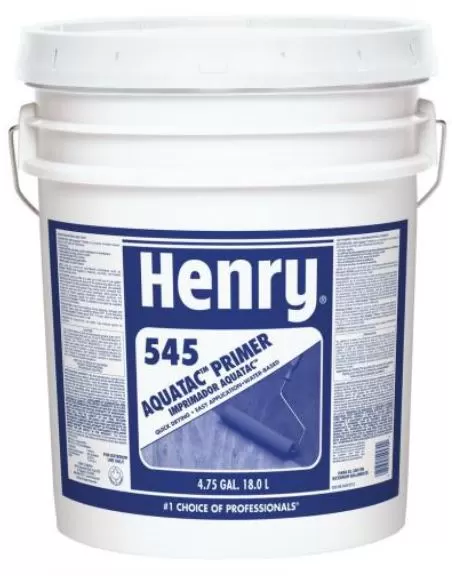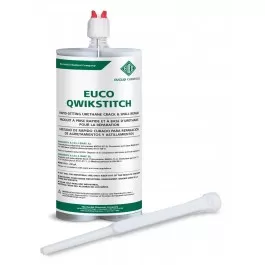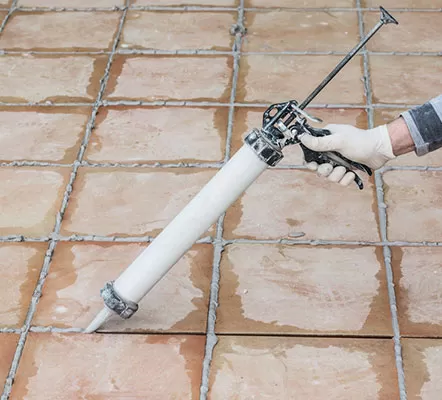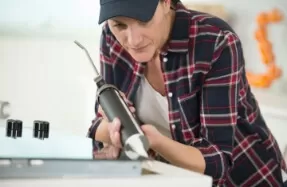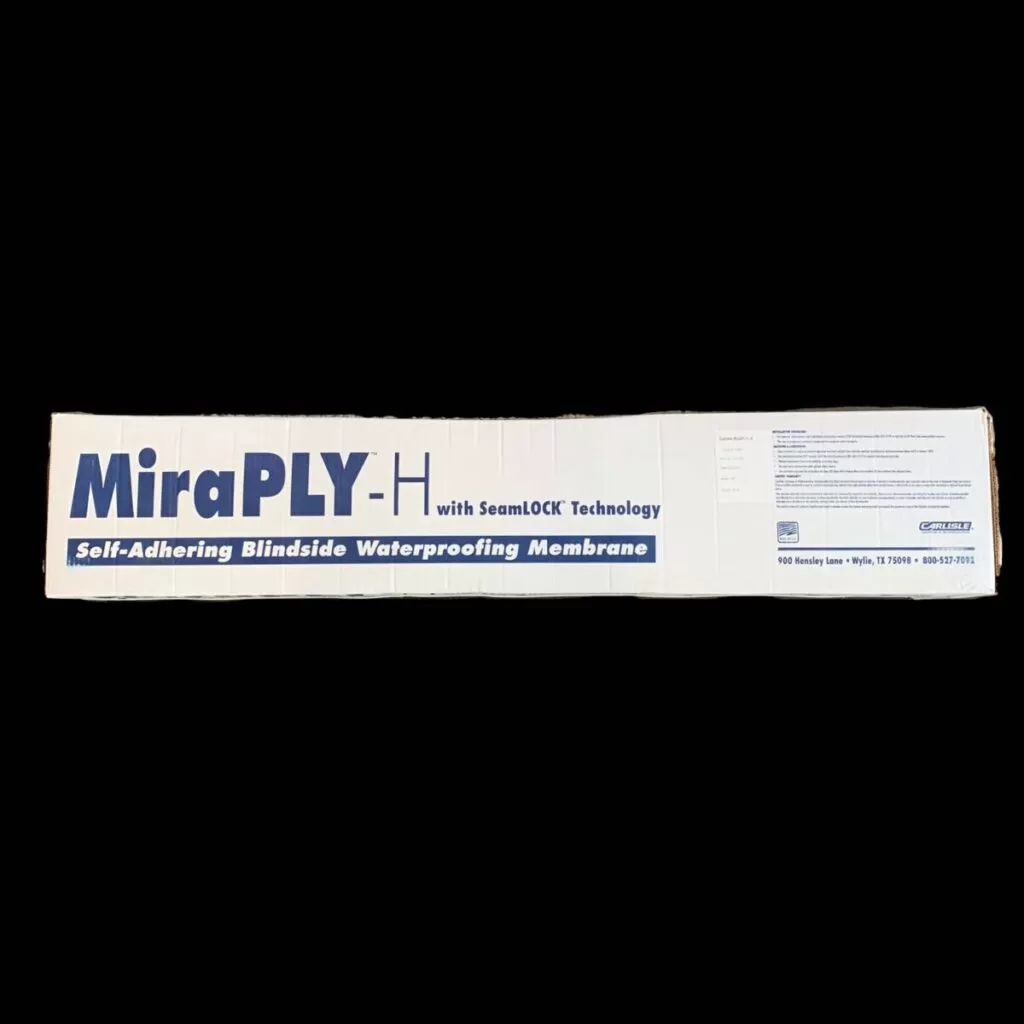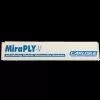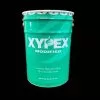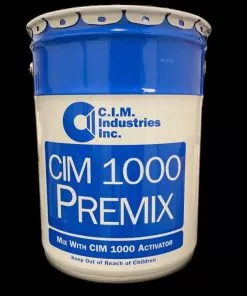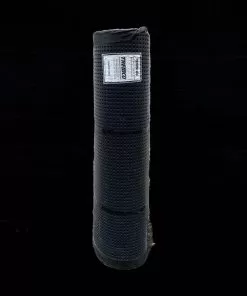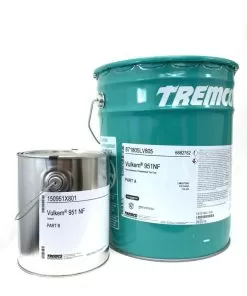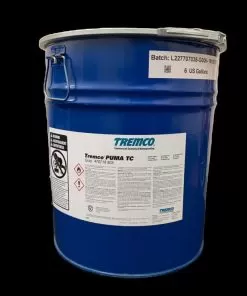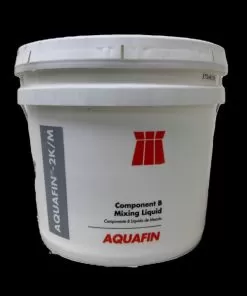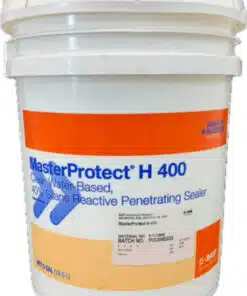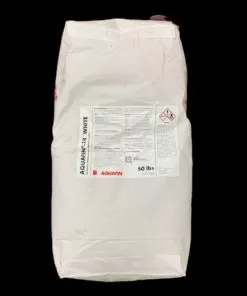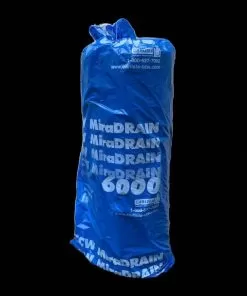Carlisle MiraPly H Waterproofing Membrane
$938.40
- Below elevator pits
- Under slabs and footings
- Below-grade structural slabs
- Fully bonds to concrete
- Excellent resistance to most chemicals (i.e., acids and bases)
- Effective Radon barrier
- Bridges cracks in concrete
46 in stock (can be backordered)
SKU: 317109
Categories: All Products, Shop By Category, Waterproofing
Tags: CarlIsle, Roll, waterproofing
MiraPly H: Carlisle Miraply H 4′ x 50′
Miraply H with SeamLOCK Technology is a nominal, 70-mil horizontal grade, self-adhering, blindside waterproofing membrane. The dual laminate membrane fuses a 45-mil thick, reinforced TPO sheet to a 25-mil butyl adhesive coating, combining two of the most time-tested waterproofing technologies used worldwide. With the addition of new Seam LOCK pre-primed strips, MiraPLY-H is not only tough, durable and flexible, it is easy to install.Questions? Contact us
Application
The substrate must be relatively even without noticeable high spots or depressions, relatively smooth, free of protrusions, debris, sharp edges or foreign materials and must be free of accumulated water, ice and snow. Earth, crushed stone, or soil shall be compacted such that the soil is not displaced from traffic or concrete placement. Typically, #57 stone compacted to 85% Proctor density provides a suitable substrate. MiraPLY can span voids and gaps up to 1″. MiraDRAIN can span voids and gaps up to 2″ and shall be installed over sub-base prior to MiraPLY-H. Install MiraDRAIN over sub-base before installing MiraPLY-H with SeamLOCK Technology. Miraply H utilizes a dual laminate membrane that fuses exceptional strength and versatility.
Step by Step
Start the installation at one corner of the building. Unroll the first sheet of MiraPLY-H square/parallel to building wall starting at one corner with the TPO side down and the adhesive facing up with the Factory-Applied Tape ( FAT™) on the side for the succeeding sheet to lap onto. Unroll the next sheet of MiraPLY-H lapping the SeamLOCK pre-primed strip onto the previously installed sheet a minimum of 3″. Stagger end laps and extend onto adjoining sheets a minimum of 3″.
Step by Step Continued
Ensure that the membrane lays flat and no openings are visible. At side laps, simultaneously remove the release liner on the factory applied tape and pre-primed strip then mate the two sheets together. At end laps ensure the TPO and Butyl surfaces are clean and free of debris and surface contaminants. Position 6″ MiraPLY Seam Tape in the lap area. Roll MiraPLY Seam Tape using a hard rubber roller and fi rm hand pressure. Remove the release liner and join the two sheets together. After seam is fully constructed, roll the entire seam area with a hard rubber roller using fi rm hand pressure. By following these instructions carefully, you can effectively and successfully install your MiraPlay H sheet.
Finish your job with Carlisle:
Features and Benefits
Carlisle MiraPly H 4′ x 50′ is a top-tier self adhering blindside waterproofing membrane that offers superior protection for a variety of construction projects. This product consists of a dual laminate membrane that fuses a reinforced TPO sheet with a high-density polyethylene (HDPE) film. This unique combination results in a robust and flexible waterproofing solution that can withstand significant pressure and prevent moisture intrusion. The innovative design of MiraPly H enables it to adhere strongly to concrete and other substrates, ensuring long-lasting durability and protection. Whether you’re working on a commercial building or a residential project, Carlisle MiraPly H provides a trustworthy solution to your waterproofing needs. Contact us for more information on sealant products and more!
| Weight | 53.06 lbs |
|---|---|
| Dimensions | 48 × 10 × 10 in |
Related products
All Products
$828.50
Sale!
All Products
$562.85
All Products
All Products
$298.80
All Products
$169.99
All Products
$96.00
All Products
$280.97

